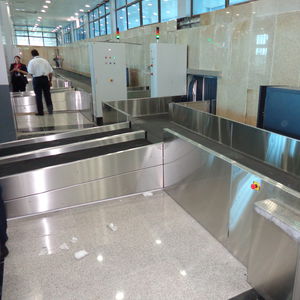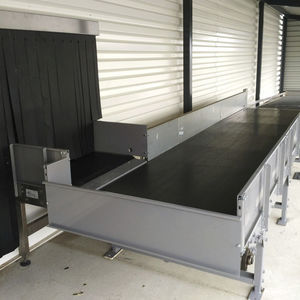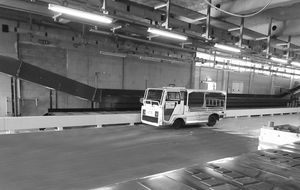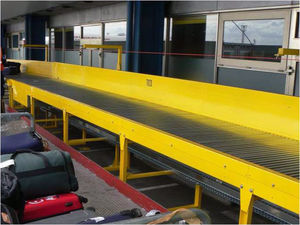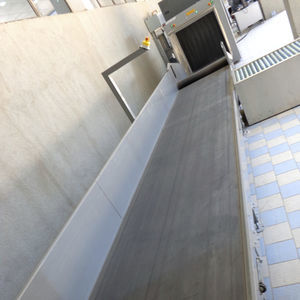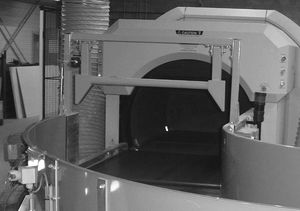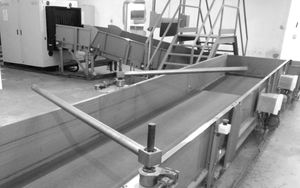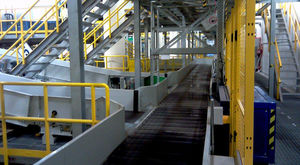
- Company
- Products
- Catalogs
- News & Trends
- Exhibitions
Horizontal conveyor diverter baggagefor airport

Add to favorites
Compare this product
fo_shop_gate_exact_title
Characteristics
- Type
- horizontal
- Applications
- for airport, baggage
Description
The MATREX fast horizontal diverter enables rapid and precise redirection of baggage within the sorting system. It ensures smooth and accurate distribution of baggage to various lines or areas while maintaining high throughput.
Thanks to its high-speed side-shifting technology, it efficiently separates baggage flows without slowing down the system.
Modular and easily adaptable, it integrates seamlessly into any airport environment, helping to enhance the overall efficiency and performance of your sorting system.
VIDEO
Catalogs
No catalogs are available for this product.
See all of Matrex‘s catalogsRelated Searches
- Airport tray return system
- Baggage tray return system
- Horizontal conveyor
- Baggage carousel
- Inclined conveyor
- Roller conveyor
- Horizontal baggage carousel
- Modular tray return system
- Check-in conveyor
- Inclined baggage carousel
- Straight conveyor
- Vertical conveyor
- Scale baggage carousel
- Conveyor diverter
- Conveyor with scale
- Airport conveyor diverter
- Baggage conveyor diverter
- Horizontal conveyor diverter
- Baggage screening conveyor
- Conveyor with scanner
*Prices are pre-tax. They exclude delivery charges and customs duties and do not include additional charges for installation or activation options. Prices are indicative only and may vary by country, with changes to the cost of raw materials and exchange rates.



